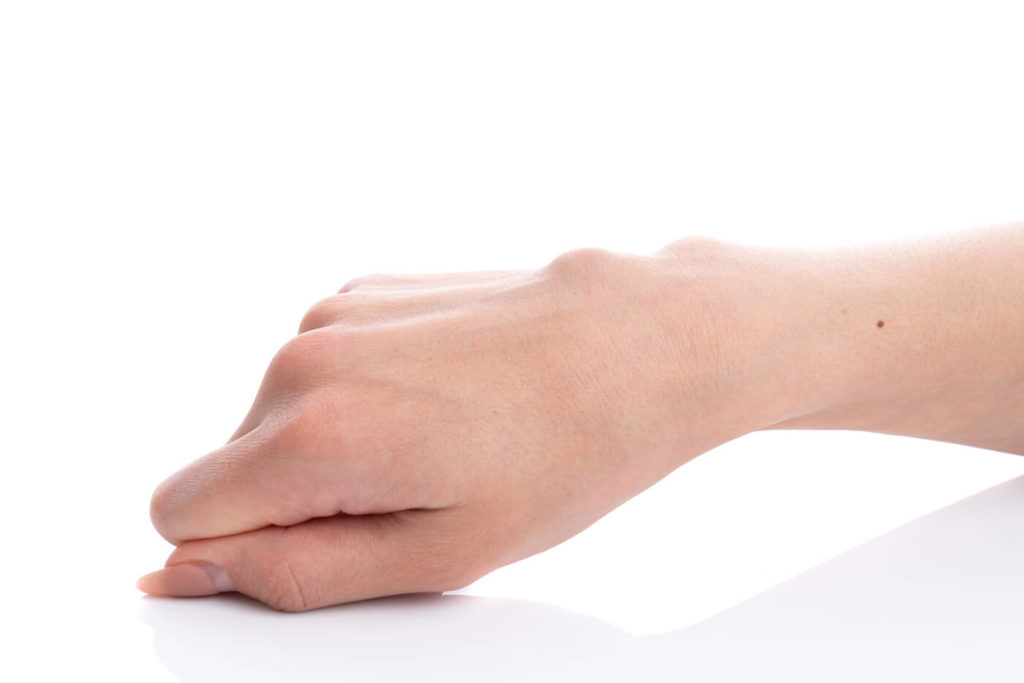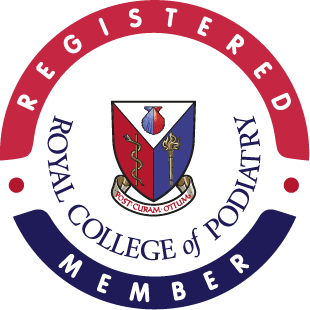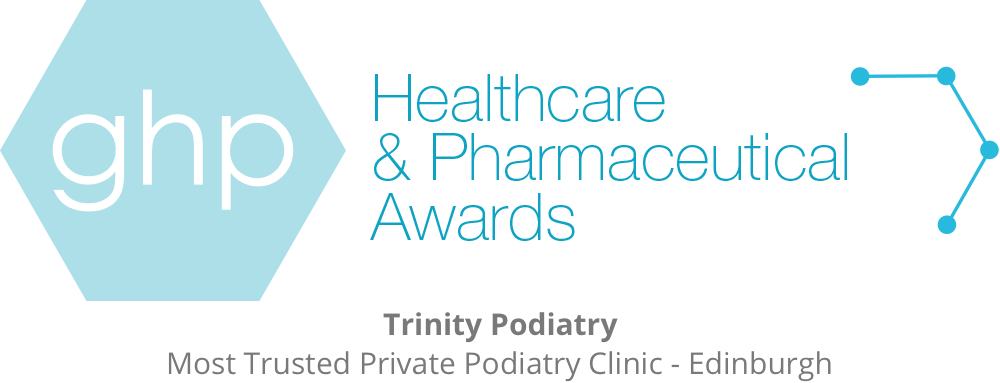Ganglion Cyst Drainage

What is a ganglion cyst?
A ganglion cyst is a harmless, sometimes painful, fluid-filled swelling which usually develops near a joint or tendon.
What are the symptoms of a ganglion cyst?
A ganglion cyst can vary in size from a pea to a golf ball. They consist of synovial fluid, the thick, gelatinous fluid which surrounds joints and tendons, and they feel and look like a smooth lump under the skin. While they can occur adjacent to any joint, they are especially common on the wrist, hand, fingers, ankle and toes.
What are the causes of a ganglion cyst?
It’s still a bit of a mystery as to what causes ganglion cysts to develop. What we do know is that it grows out of a joint or the lining of a tendon. Ganglion cysts seem to occur when the tissue surrounding a joint or tendon protrudes out of place. The fluid found inside the cyst is similar to that found in joints and tendons.
When should I seek treatment for a ganglion cyst?
While ganglion cysts are harmless, they can nevertheless be painful or get in the way. If they are not painful they can safely go untreated and may disappear on their own, which can take a number of years.
What does drainage of a ganglion cyst treatment involve?
There are two main techniques for treatment – aspiration and surgical removal which needs to be done in a hospital and is not a treatment we offer at Trinity Podiatry. But we do offer drainage aspiration treatment.
Further Details about Ganglion Cysts
Ganglion cyst aspiration
Aspiration, is procedure we perform at Trinity Podiatry Clinic and involves using a needle and syringe to extract as much synovial fluid from the cyst as possible.
The surface skin is first numbed using a local anaesthetic injection. Sometimes the ganglion sack is injected with steroid medication to reduce the chances of the ganglion cyst coming back. It is a simple and painless procedure and often the first treatment offered. You’ll be able to go home immediately afterwards.
Ganglion cyst surgery
Surgery to remove a ganglion cyst takes two forms:
open surgery; (where your surgeon makes a cut of about 5cms over the affected area), and arthroscopic surgery, which is a form of keyhole surgery and uses an arthroscope as a guide.
Both can be performed under either local or general anaesthetic, depending on your preference and what your surgeon thinks is most appropriate. This treatment is done in a hospital setting and we do not offer this type of treatment at Trinity Podiatry Clinic.
How long does ganglion cyst drainage take?
Aspiration takes a matter of minutes.
Ganglion cyst aspiration cost
Aspiration is typically the first treatment offered for a ganglion cyst. It involves draining the fluid out of the cyst with a needle and syringe. Local anaesthetic is injected into the skin over the cyst and once the area is numb a small needle is used to aspirate the fluid out of the cyst.
While this form of treatment is immediately effective, it doesn’t remove the root of the cyst. This means the cyst can return in future. Aspiration of a ganglion cyst costs less than surgery, and patients should expect to pay around £105 for the treatment.
Is it worth draining a ganglion cyst?
In most cases, people with ganglion cysts won’t experience pain or a lack of mobility due to the condition. However, when a cyst becomes too large, this can prove an issue. This is when draining the cyst can be the most beneficial.
Can I remove my own ganglion cyst?
No. It isn’t recommended to try to remove ganglion cysts yourself. In the past, one remedy was to “thump” the cyst with a heavy object eg the Family Bible.
This isn’t recommended as the force of the blow can damage the area around the cyst. Patients should also refrain from trying to pop or puncture the cyst themselves.
For information on orthotics, call Trinity Podiatry





